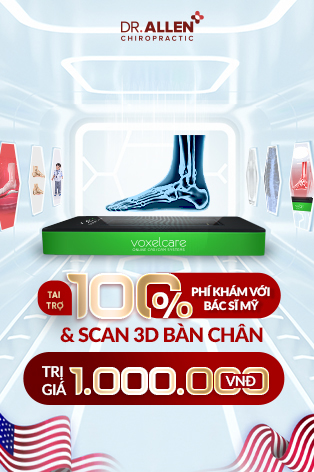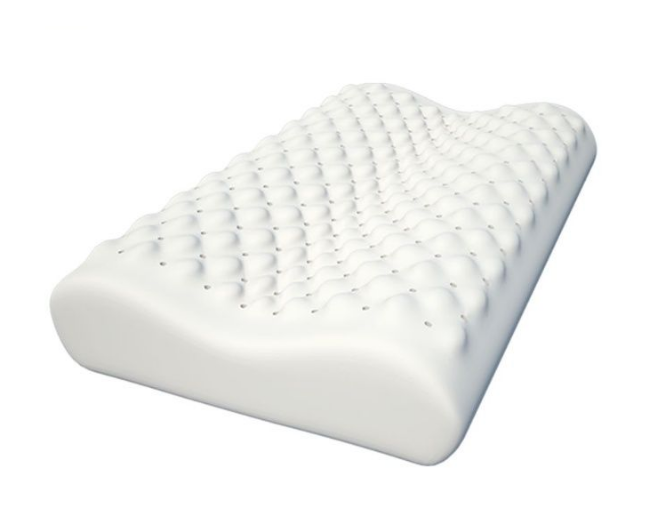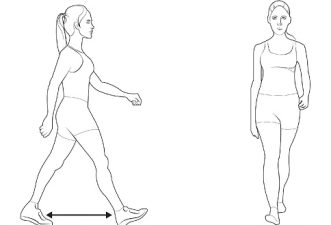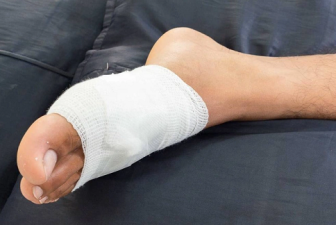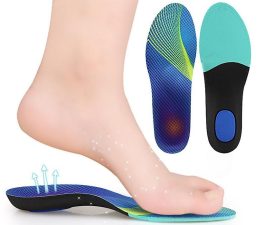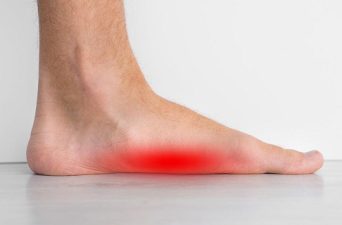Recovering from a herniated disc involves a multi-faceted approach, encompassing medication, physical therapy, lifestyle changes, and more. However, one aspect that’s often overlooked is the importance of quality sleep. This blog post will focus on how you can optimize your sleep comfort to aid recovery from a herniated disc, with tips on choosing the right bed, mattress, and pillow, and the use of heating pads.
How Long Does it Take to Recover from a Herniated Disc?
Recovery time for a herniated disc varies widely and depends on numerous factors such as the severity of the herniation, the patient’s overall health, and how well they adhere to their treatment plan. Some people may find relief in a few weeks, while for others, recovery may take several months. Always consult with your healthcare provider for a more accurate timeline based on your specific situation.
Choosing the Right Bed for a Herniated Disc
When dealing with a herniated disc, you might wonder whether a hard or soft bed is the best choice. Research suggests that a medium-firm mattress is often ideal. It provides a balance – firm enough to support your spine’s natural curve but soft enough to conform to your body’s shape. Bed rest can be beneficial in the acute phase of a herniated disc to alleviate pain and inflammation, but prolonged bed rest can lead to muscle weakening, which may delay recovery.
Selecting the Best Mattress and Pillow
Choosing the right mattress and pillow is crucial in managing herniated disc symptoms and promoting recovery. A mattress that provides even, consistent support is key. Memory foam and latex mattresses can contour to your body’s shape, promoting good alignment and pressure relief.
The best mattress for a herniated disc and sciatica will offer medium-firm support, maintain spinal alignment, and help prevent nerve compression. If you also have sciatica, a mattress with excellent pressure relief can alleviate discomfort in your sciatic nerve.
The choice of pillow largely depends on your sleeping position. For those with a herniated disc in the neck, a pillow that supports the natural curvature of the neck is crucial. Look for a pillow that can be adjusted for height and firmness for maximum comfort and support.
The Role of Heating Pads
Applying heat to a herniated disc can help relax the muscles and alleviate pain. Heating pads can provide this soothing heat and are often used as part of a comprehensive pain management plan. Heat therapy increases blood flow to the affected area, which can help reduce inflammation and promote healing. Always follow the instructions for your heating pad and consult your healthcare provider for advice on how often and for how long you should use it.
In conclusion, sleep comfort plays a critical role in the recovery journey from a herniated disc. Investing in the right bed, mattress, and pillow, and utilizing tools like heating pads can significantly improve your sleep quality and speed up recovery. Along with medical treatments and lifestyle modifications, these strategies can help you manage herniated disc symptoms and get back to your regular activities as soon as possible.
Chiropractic Treatment for Herniated Discs
The approach of chiropractic treatment for herniated discs is typically holistic and patient-centered, aiming to provide relief without surgical intervention or drugs.
Spinal Manipulation: This is the most well-known chiropractic technique, also called chiropractic adjustment. The chiropractor applies a controlled, sudden force to the affected spinal joint, which may help to align the spine, improve spinal function, and alleviate pain. This technique, when done correctly by a professional, is considered safe but should not be performed if certain contraindications exist, like severe osteoporosis or spinal cancer.
Flexion-Distraction Technique: This is a gentle, non-thrust type of spinal manipulation often used for herniated disc treatment. The chiropractor uses a special table that distracts or stretches the spine, and by using a pumping action on the disc instead of direct force, the pressure on the disc can be reduced, leading to pain relief.
Pelvic Blocking Techniques: These methods involve placing cushioned wedges on the sides of the patient’s pelvis, along with gentle stretches. This can help move the disc away from the nerve, reducing inflammation and pain.
Physical Therapy Modalities: Many chiropractors also employ physical therapy techniques, such as ice and heat therapy, electrical stimulation, or ultrasound to reduce inflammation and muscle spasm associated with herniated discs.
Exercises and Lifestyle Modifications: A chiropractor can provide exercises tailored to the patient’s condition, which can help strengthen the spinal muscles and prevent further injury. They may also offer advice on posture and ergonomics to help prevent disc herniation in the future.

